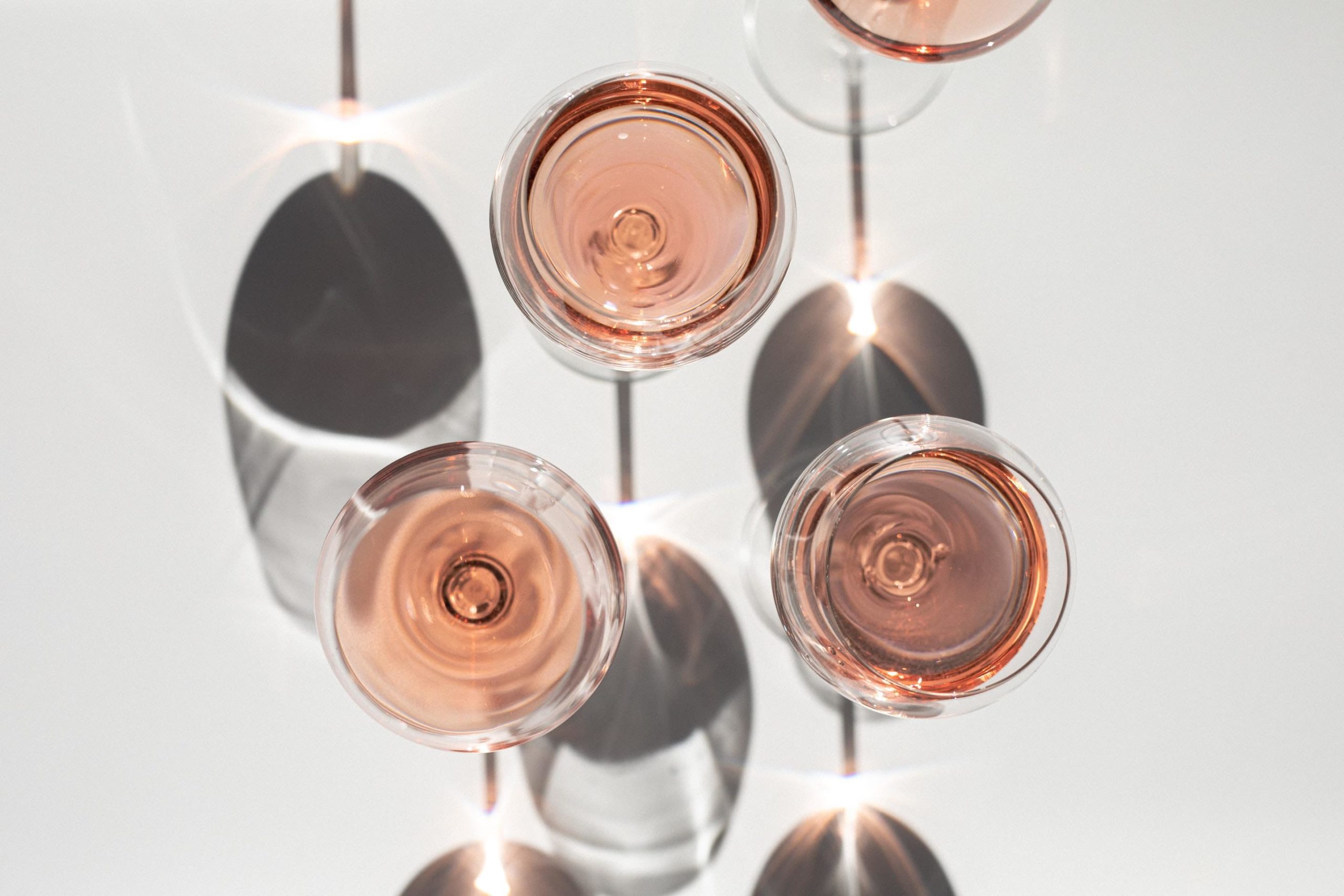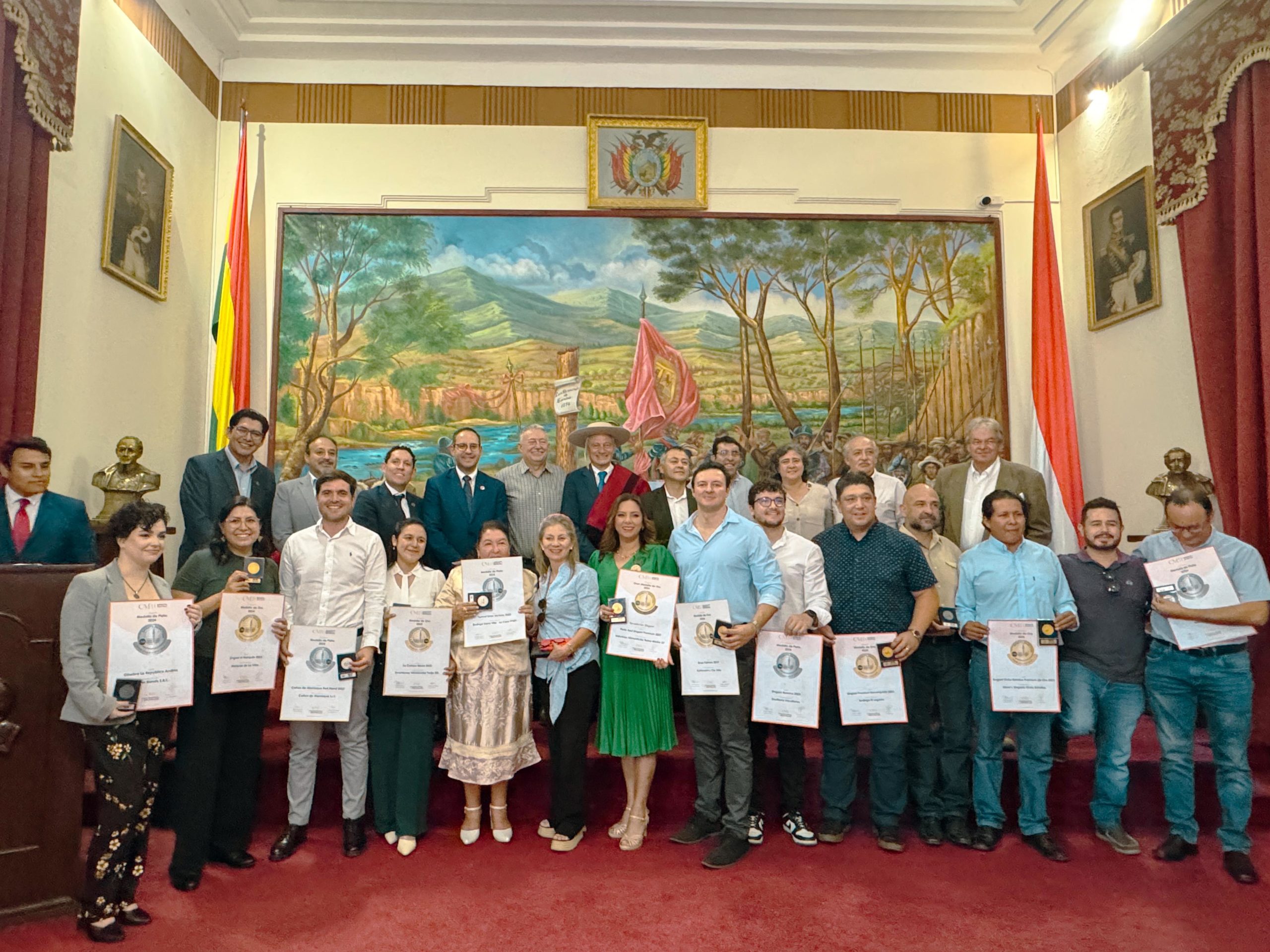5 challenges for French rosés

Consumption of French rosé wines – irrespective of the region – continues to follow an upward trend worldwide. To sustain this momentum, however, they need to find solutions to the many issues facing them.
We invited Gilles Masson, the director of the Research and Experimentation Centre for Rosé Wines, to accompany us as we analyse the five key challenges facing French rosés and the response of Pays d’Oc, Provence, Anjou and Bandol.
The shelf life of rosé
“In France, we produce rosés that are increasingly elegant. I would even go so far as to say they are more and more refined. The consequence of this is that they can be increasingly fragile, an issue which is compounded by the fact that rosé wines tend to be shipped to destinations that get farther and farther away as exports skyrocket. At the same time, we find their youthfulness and their freshness very appealing. Hence, we pay particular attention to the stability of the wines which is also jeopardised by the declining use of sulphur we are seeing across the wine regions”.
Refrigeration and use of inert gas have solved quite a few of the problems but another premise has emerged – if wine can oxidise with age, maybe the oxidisable compounds can be removed to avoid this. “The most suitable time to do this is prior to fermentation. We are experimenting with hyperoxidation of the grape juice and have noticed that it can be very worthwhile for some grape varieties. In Provence, we are trying to perfect the technique to pinpoint the amount of oxidation on Grenache, Cinsault and Syrah to see how much extra shelf life it can add to the wines”.
Consultant winemaker Nicolas Dutour in Pays d’Oc (Dubernet laboratories) feels that the lifespan of rosés is a universal technical issue that will never go away. “The more we produce pale rosés, the more stable they are in terms of colour. As this is a trend across markets currently, we are heading in an easier technical direction”.
In Bandol, the issue seems to be of less concern to the wine industry. “The Mourvèdre grape variety withstands oxidation really well and therefore the amounts of sulphur are naturally limited”, says winegrower Cyrille Portalis.
The significance of sulphites in rosés
“A study group at national level is focusing on this issue – across the colour spectrum. In this respect, rosé is probably the most challenging colour to work with. The aim of the group is to try and work with winegrowers and practitioners to develop alternative techniques and experiment with them collectively whilst allaying any apprehensions about ‘sulphur-free’ wines”.
A similar tack is being taken in Anjou where fermentation of medium-sweet rosés used to be arrested using sulphur. “From a technical perspective, with shorter hang-times, clearer juice prior to fermentation and greater control over refrigeration, we have at least halved the amount of sulphur used over a 20-year period”.
In Pays d’Oc, “we are working with hyperoxidation of our must and separating the juice in our laboratories, among other strategies. This allows us to focus on tannin structures, avoid using SO2 right from the harvest and optimise its use”.
“Collaborative thinking is very worthwhile because we share experiences and move forward to find alternative solutions. This really is about jointly putting together technical strategies for winegrowers. Even if we don’t end up with one standard strategy, we are improving our understanding and continuing to reduce the amount of sulphites in wines”, concludes Gilles Masson.

Grape varieties selected for rosés
In a bid to reduce inputs and cope with climate change, producers have started working with new resistant varieties across the country. “In Provence, we launched varietal research four years ago with the EDGAR programme. We produced crosses between resistant varieties and conventional grapes such as Rolle (Vermentino) and Cinsault. We studied the descendants of these crosses and after starting with 5,000 pips, we are now down to 127. These 127 pips will be subjected to the growing environment of Provence in a block called EVA planted in 2021. Using high-tech sensors, we will be aiming for granular observations of all growing conditions across the region. This is a real 3.0 vineyard block. By studying resistance to disease, drought, heat and the potential to produce rosé wines, we should end up with 2 or 3 varieties that match the three criteria”.
In Bandol, “we will be reverting back to native grape varieties that were discarded, like Mourvaison, Counoise and Terret, along with Greek varieties such as Xinomavao and Ajorjitiko”. From a purely philosophical viewpoint, however, Cyrille Portalis would prefer local varieties to be redeveloped.
Anjou has chosen to focus on varieties permitted under appellation rules. “For Cabernet d’Anjou, we are seeing the balance with Cabernet-Sauvignon being restored. In fact, some producers are producing it as a single varietal. For Rosé d’Anjou, Grolleau, which is not too high in alcohol, is a very significant trump card. There is more of an issue with acidity and colour and we are working on this collectively”.
Sébastien Pardaillé from Natoli laboratories in Pays d’Oc points out that “in the PGI Oc production specifications, a list of grape varieties is provided for each wine colour, including rosé. That means that we immediately have a broad range of rosés. We are seeing greater use of Grenache – which has few polyphenols – as well as Nielluccio and Caladoc, which is particularly well suited to rosés. We are also witnessing renewed interest in Cinsault which was grubbed up and is now being replanted almost entirely to produce rosé wines. There is a very dynamic approach to the varietal range for rosés and it provides solutions for coping with climate change”.
Nicolas Dutour stresses that “we are also seeing the emergence of resistant varieties like Cabernet Cortis as well as Marselan which is producing very interesting results as rosé”.
Gilles Masson sums up the situation: “Across France, a lot of work is being focused on heirloom or modern grape varieties. It is starting for rosés, which really enables us to envision the rosés of tomorrow”.
The regional identity of rosés
“This has been a recurrent focus for a long time, across the wine regions, and it is constantly broadening and deepening in scope. At the Rosé Centre, we created a database for rosés from across France (and the world) which has a lot of content and allows us to differentiate between the producer regions. For instance, initially Provence wines were mainly identified by their colour. The aim going forward is to identify the differences at every level of tasting, from aromas to flavours. We try and analyse all the differences stemming from the original vineyard sites which have an impact on the structure of rosé wines – alcohol, tannins and sugars, amongst others. We also measure regional techniques which are pivotal to this region-by-region approach. In blind tastings, we can differentiate between rosés and locate them in their home region. All rosés are different and boast proper identification markers and typicities. The idea is to produce site-expressive wines and develop different rosés that are typical of their regions, without there being any opportunism involved”.

In Pays d’Oc, production of rosé wines is constantly shifting. “Since its inception, PGI Pays d’Oc has had an inherent liberal approach and its specifications leave room for substantial supervised technical freedom in terms of vineyard sites and grape varieties. Adapting to change and innovation are therefore encouraged, sparking a wide choice of rosé wines. We are now seeing producers across the region creating full-fledged rosé ranges where the terroir element is developing. High-elevation vineyards (Aude and Gard), the lower hillsides and coastal plains (from Perpignan to Collioure) are beginning to feature on labels”.
Climate change
Gilles Masson stresses that “whatever the French region, rosés inevitably face issues linked to climate change and its effect on ripeness levels and balance. The challenge is to preserve the wine styles, which are popular, despite external changes like drought and heat. As mentioned earlier, long-term research is afoot across the wine regions to address the varietal range, but also to provide immediate solutions like irrigation which can be worthwhile, not from a quantity but from a quality perspective. We are also working on shade, using nets and photovoltaic panels. Canopy management – pruning, training height and topping – is a very interesting avenue to explore because we are seeing leaves that introduce too much sugar and use water. Canopy management also aims to protect the fruit from sunburn”.
Bandol is faced with the same challenges. Although winegrowers know that vines will adapt, they also know that they will have to continue to progress in order to sustain wine production and think about the kind of wines that nature will produce. “We are trying to introduce measures that counterbalance what is occurring at the moment and we are preparing for the future with other grape varieties, vineyard management techniques and above all, the way we manage water resources. Rainfall is unpredictable and that in itself is a real issue”.
In Anjou, “harvesting at the end of August-beginning of September has become the norm and means that we sometimes bring in grapes at high temperatures causing refrigeration issues that we didn’t have to cope with in the past. Winery operations have become more difficult. Harvesting by night, starting at around 1am is becoming more widespread and allows us to harvest cooler grapes”.
In PGI Pays d’Oc, “we are seeing producers plant vineyards earmarked for rosé wines. They plant them in deep soils to retain coolness and combat the lack of water with suitable rootstock and clones. Combined with a regional strategy aimed at introducing irrigation – the Aqua Domitia project – this is a paradigm shift because avoiding water stress is essential for producing top quality rosés”.
Faced with multiple challenges, French rosé producer regions have already introduced effective solutions and are also making headway for the future. Some of the solutions are technical or even technological, whilst others focus on the wide range of grape varieties available in each region. But all of them help broaden an increasingly comprehensive set of resources that producers can tap into to enhance their rosés.
Benoit Roumet



